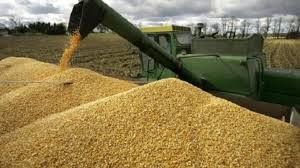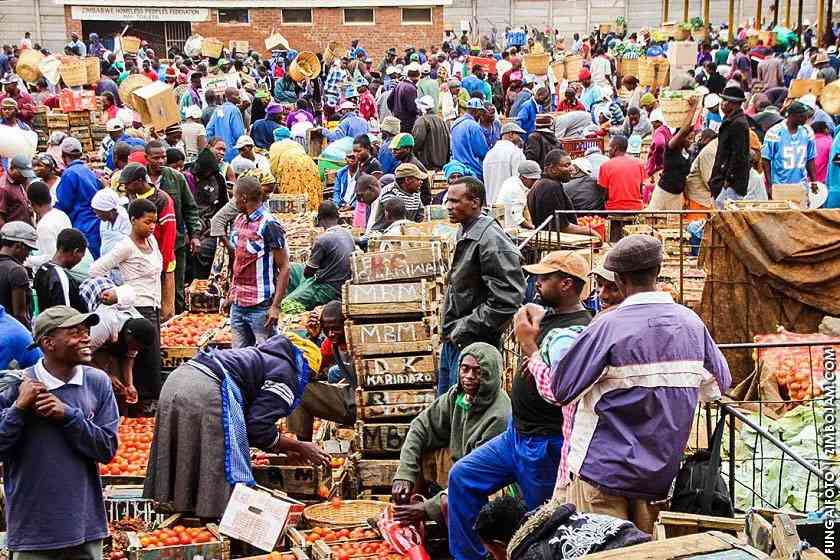
ZIMBABWE’S imports of grain shot up by 364% to US$128 million in the first quarter (Q1) of this year, as the government battled to contain El Niño-induced drought, official data showed this week.
Like some of its southern African neighbours, Zimbabwe is battling a devastating drought that aid agencies blame on El Niño and climate change.
President Emmerson Mnangagwa last month declared a drought emergency, requesting US$2 billion in support for purchasing food to curtail stock outs.
He appealed to United Nations agencies, local businesses and faith organisations to contribute towards humanitarian assistance.
Zimbabwe National Statistics Agency (ZimStat) data showed that the country imported grain worth US$128 million from January to March this year.
This represented a 364% rise compared to the same period last year, when the country received good rains.
Maize imports stood at US$27,6 million during the same period last year.
In January this year, maize imports stood at US$41,9 million.
- Open letter to President Mnangagwa
- Feature: ‘It’s worse right now than under Mugabe’: Sikhala pays the price of opposition in solitary cell
- Masvingo turns down fire tender deal
- Human-wildlife conflict drive African wild dogs to extinction
Keep Reading
The figure increased to US$43,7 million in February, before slightly decreasing to US$42,2 million in March.
The country also spent more than US$80 million on rice, sorghum, wheat, soya beans, cow peas, among other agricultural products.
Fuel gobbled US$326,2 million.
Cumulatively to March, imports stood at US$2,1 billion, up 7% compared to the prior period, according to the data.
Zimstat said exports rose by 25% to US$1,7 billion.
As such, the country incurred a trade deficit of US$419,5 million.
The world's weather is affected in many ways by El Niño, a naturally occurring climatic phenomena that warms sections of the Pacific Ocean every two to seven years.
It usually results in below-average rainfall in southern Africa, which this year has experienced the worst drought in decades.
A food assistance programme has already been launched in Zimbabwe by the UN World Food Programme, targeting 2,7 million people, or approximately 20% of the total population.
The government has also turned to the private sector to assist in sourcing food to cover a serious grain shortage.
During a post-cabinet briefing a fortnight ago, Jenfan Muswere, the Minister of Information, Publicity and Broadcasting Services, said Zimbabwe had a shortfall of between 598 425 and 1,1 million tonnes of food based on consumption levels ranging from 7,5kg to 10kg per person per month.
The Grain Marketing Board stocks as at April 25, 2024 for maize, traditional grains, and strategic grain reserve wheat were 308 139 metric tonnes, including wheat that is available for sale, at 122 072 metric tonnes.
“The shortfall in grain requirements will be met through imports by the private sector, which has indicated the capacity to import one million metric tonnes between April 2024 and March 2025 to mitigate the effects of drought,” he said.
The minister said the government implemented a strategic intervention focused on wheat-based solutions projected to reduce import requirements by 486 000 metric tonnes, which is equivalent to US$189,5 million.











